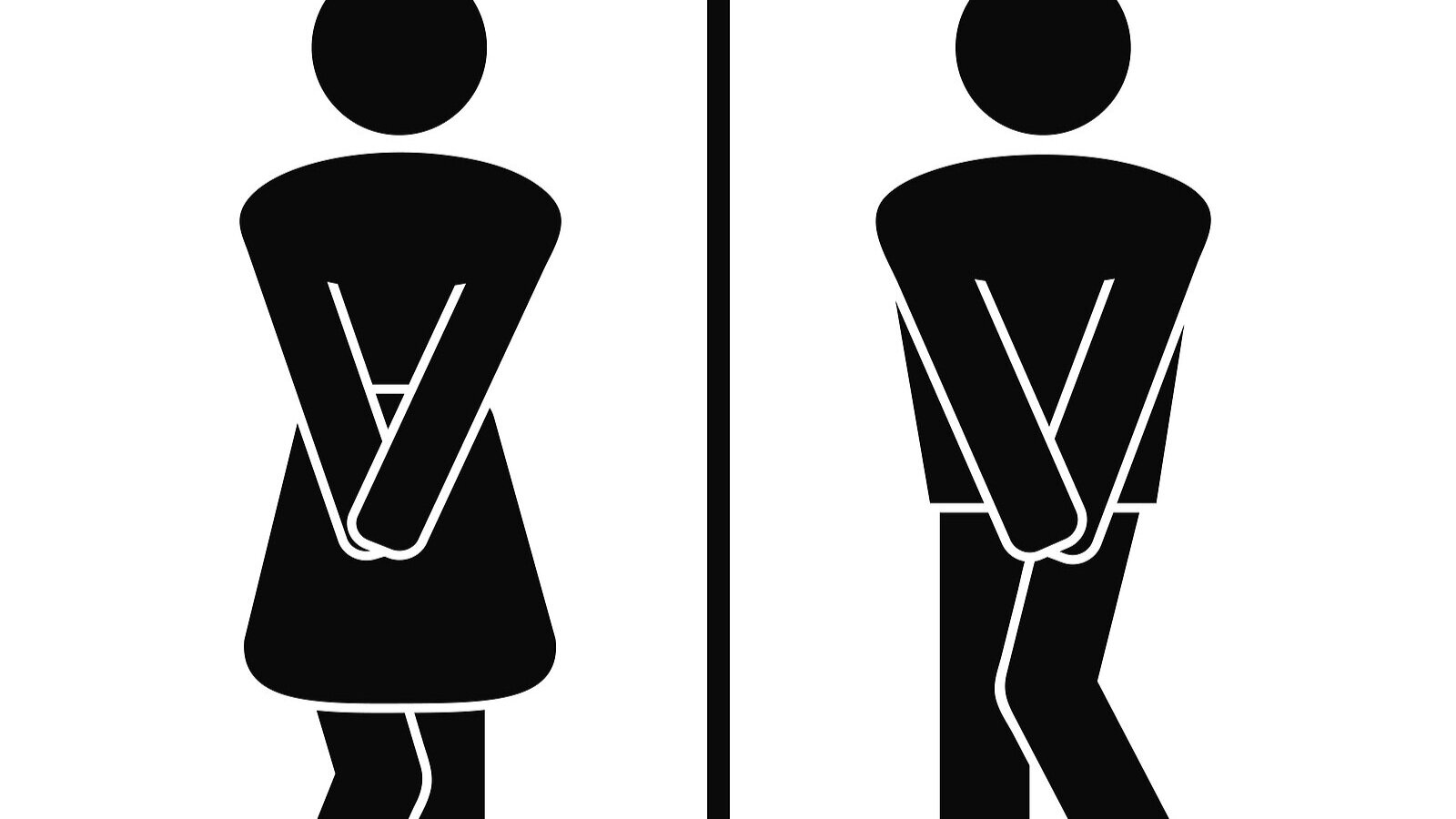When I was 5, I developed a weird mental block about going to the toilet.
Every time I felt the need to pee, I’d wait. And wait. And wait… Until the urge became so unbearable that I couldn’t wait any longer.
Sometimes I made it in time. Sometimes not.
I still remember sitting in a crowded lunch hall, with a puddle spilling out from underneath my chair, knowing that everyone would soon notice. And even now, I feel a sense of shame at the memory.
Wetting yourself is mortifying when you’re in infant school. It’s devastating when you’re an adult.
I first started experiencing symptoms a few years after my son was born. When this became more than just a “running thing”, I went to my GP for help.
He referred me to the pelvic floor specialist nurse at my local hospital. And she prescribed kegels.
Because that’s what you do when you have a pelvic floor issue, right? Lots and lots of kegels.
I did my kegels, and my symptoms didn’t improve. I figured I wasn’t doing them right/enough, so I did more. I used an app to remind me to do them. I became a world class kegel-er. But things just got worse, not better.
I quietly despaired.
And I carried that despair in silence.
Because continence, or lack of it, is something that we just don’t talk about. Even with our closest friends. Even though it’s an issue that so many of us struggle with.
But least we women know that we’re not alone.
The smiling, confident ladies-of-a-certain-age in the Tena ads tell us that this is totally normal and what you have to expect as you get older.
Yet pelvic floor disorders are not just a ‘female thing.’ And if women find this a tough thing to admit to, it’s so much more difficult for men. Less embarrassing to tell others you have a problem getting an erection, it seems, than that you suffer from incontinence.
My friend Gray was diagnosed with prostate cancer last year, and underwent surgery.
Because of its position and role, pelvic floor dysfunction is common following cancer treatment or other prostate disorders.
When Gray mentioned his cancer and operation to close friends and family, he was amazed how common his experience was. How many other men had also suffered with prostate problems. But no one ever talked about incontinence.
And it left him wondering how many men never seek help, and perhaps never resolve their symptoms.
For me, things finally started to improve when I learned that kegels were not the only answer to the question of how to improve pelvic floor function. That for some people, kegels might actually make things worse.
That the ability of the pelvic floor to do its job properly is affected by a whole range of things, from how you hold your body, to how you move (or don’t move), to how you breathe.
That my favourite standing position – hips pushed forward, bum tucked under – wasn’t doing me any favours in the pelvic floor department.
Nor was sitting for long periods of the day.
I stopped doing kegels. And I started working on getting more balance in my body.
Gradually, things got better, and I’ve now been symptom free for several years.
Thankfully, Gray’s recovered well from his surgery and is now back to doing the things he loves, like running and qigong.
He’s grateful for all the help and support that he received, and wants to share his experience, in the hope that it may help others.
In honour of Men’s Health Week, Gray’s creating a safe space for men to have a frank and open discussion about these issues, and ask the questions they may have felt unable to ask before.
I don’t know why we feel such stigma and shame over a bodily function that’s not working properly. But I do know that it still feels scary to talk about my experience.
So, if you’re quietly despairing too, know that you’re not alone.
That kegels are not the only answer. And you haven’t run out of options if they don’t work for you.
That you don’t have to just pull on your big girl/boy incontinence pants and accept this as part of your life.
For more on pelvic floor and core health and resolving dysfunction, Lauren Ohayon’s Instagram feed is a great resource. And for info about working with me, click here.
